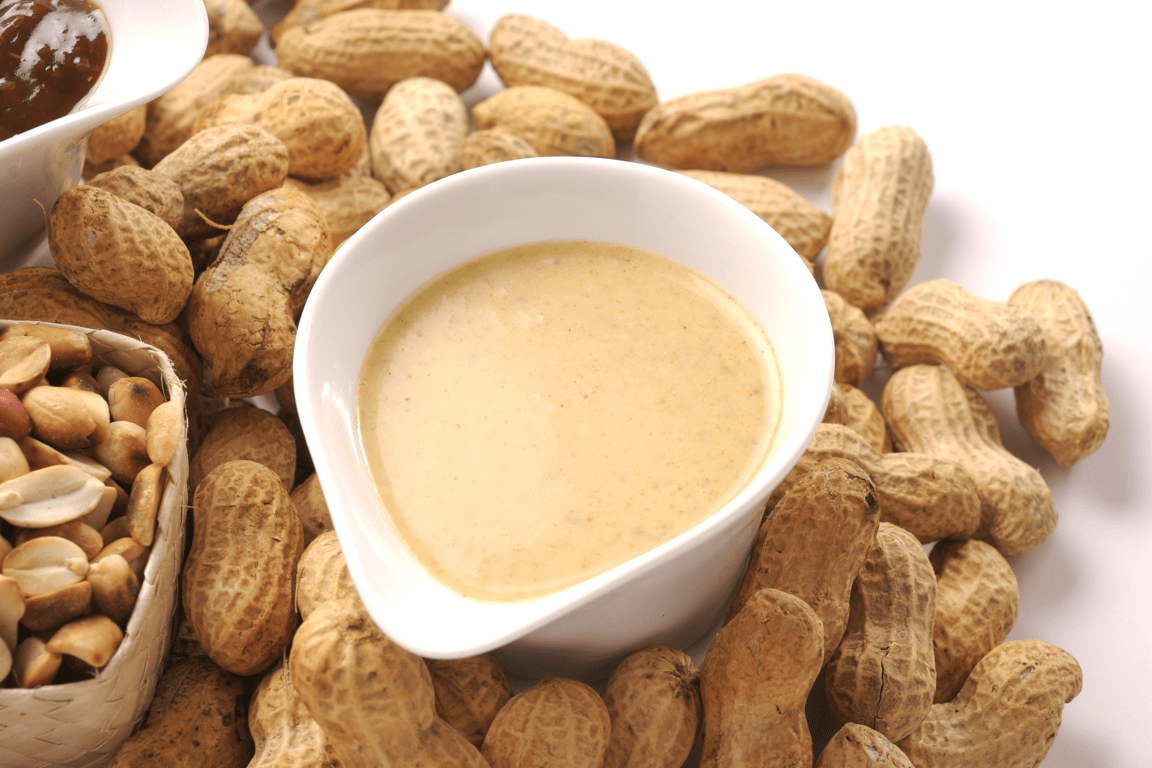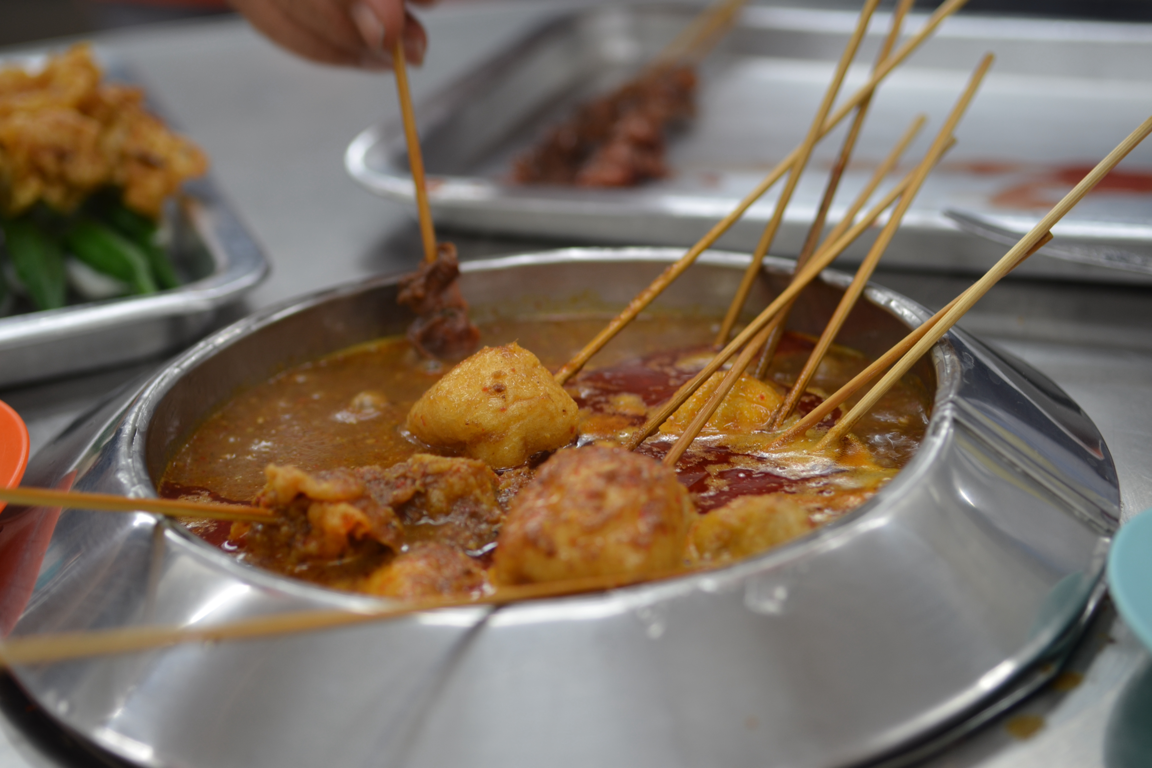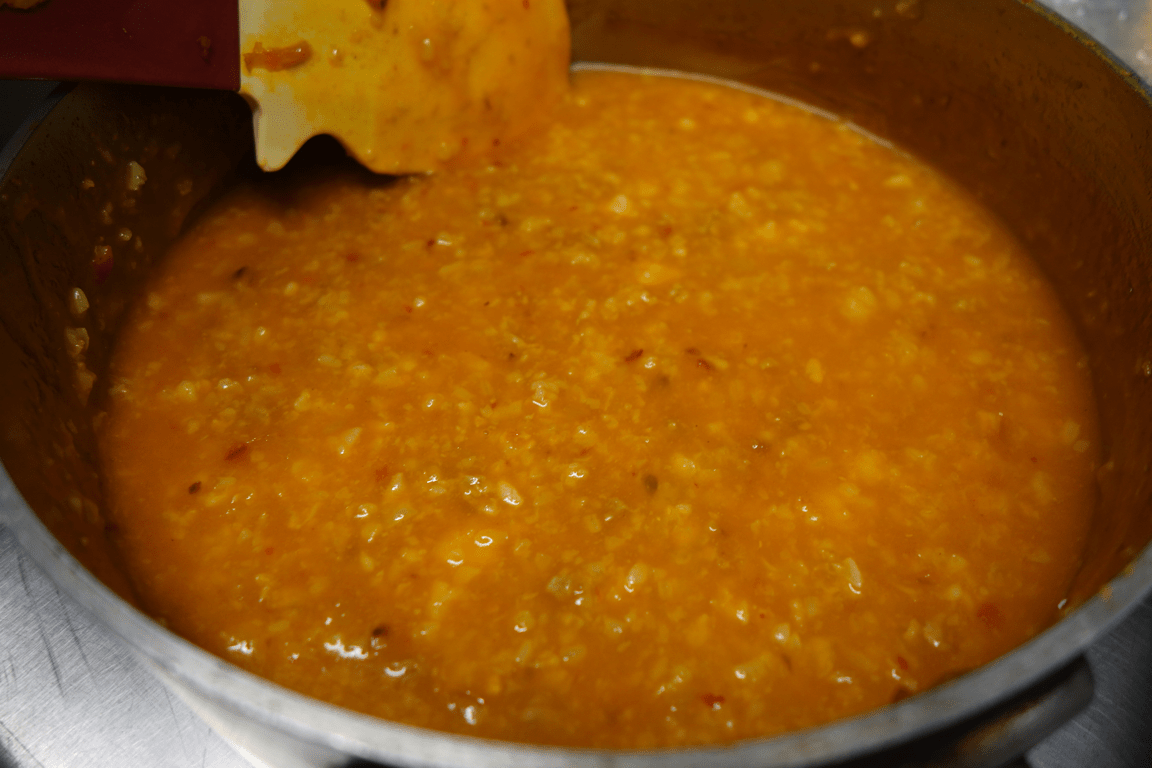
Flavor profiles from Southeast Asia are among the top food trends in the U.S. today, thanks to a world of bold, bright ingredients and dishes. Diners here are embracing creative takes on food and beverage items like Vietnamese banh mi, pho and coffee; Thai iced tea, spring rolls and green papaya salad; and Malaysian laksa and roti. Here, we’re zeroing in on peanut sauces, a category that offers rich opportunity for menu translation.
Peanut sauces across Southeast Asia (Thailand, Vietnam, Malaysia, Singapore) are like sisters: They share DNA but each possesses unique personalities, born from varying ingredient combinations and preparation techniques. Some sauces are thick and creamy, others have a coarse texture and light viscosity, while sticky versions cling to spring rolls with a rich roasted peanut taste. These sauces offer a diverse range of applications, functioning as dips, sauces and garnishes. They can also be used akin to a spice-enriched fondue, accompanying and enhancing the enjoyment of cooking skewered meats.
In Vietnam and Thailand, peanuts are slowly pan-roasted, yielding unevenly charred nuts for distinctiveness. Malaysian cooks prefer deep-frying the peanuts, creating a dark, rich roasted flavor quickly. These sauces evolve over time—some cooking in minutes, others taking hours to develop their unique flavor identity.
1
THAI PEANUT SAUCE
 Photo Credit: Robert Danhi
Photo Credit: Robert Danhi Thai peanut sauce is perhaps the most familiar to American consumers, blending roasted peanuts, coconut milk, turmeric, salt, red curry paste, light brown palm sugar, fish sauce and tamarind pulp.
In Thailand, peanut sauce is a popular accompaniment to grilled turmeric-stained pork or chicken skewers (satay). In just 20 minutes, a blend of coconut milk, turmeric-infused red curry paste and roasted peanuts is cooked. The flavors are harmonized with light brown palm sugar, fish sauce and tamarind, resulting in a creamy sauce with a delightful sweet heat that leaves you craving more. A unique technique employed by Thai chefs involves cooking the coconut cream until it separates (known as “cracking the coconut”), and then frying the curry paste and turmeric in it until aromatic.
MENU IDEA:
>> Serve Thai peanut sauce with raw vegetables, appetizers, wraps or sandwiches, or use it as a coating for noodle salads or slaws.
2
MALAYSIAN PEANUT SAUCE
 Photo Credit: Robert Danhi
Photo Credit: Robert Danhi Malaysia’s peanut sauce offers an interactive element in the popular “satay celup.” Diners dip skewers of tofu and vegetables into a communal pot of thick, savory peanut sauce.
Heading south to Malaysia, peanut sauce also takes center stage in grilled satay. But it doesn’t stop there—it becomes a bubbling cauldron of flavor for “satay celup,” in which diners cook their own satay at the table. The Malaysian spice paste known as “rempah” features dried red chiles, dried shrimp for umami, garlic, shallots, galangal and an abundant amount of lemongrass. This semi-smooth paste is fried quickly in oil, then combined with coarsely ground roasted peanuts, water and a generous amount of white sugar. For the tabletop satay celup, diners can begin dipping their skewers after the sauce boils for just a few minutes.
MENU IDEA:
>> Incorporate Malaysian peanut sauce into hot noodle dishes or chill it then add a touch of acidity for a luscious peanut dressing.
3
VIETNAMESE PEANUT SAUCE
 Photo Credit: Robert Danhi
Photo Credit: Robert Danhi In central Vietnam, peanut sauce boasts flavor- and texture-rich variations with the addition of sticky rice, annatto oil, chile sauce, garlic, shallots, ground shrimp, pork and crushed pan-roasted peanuts.
In Vietnam, peanut sauce is a harmonious blend of sweet and salty, featuring roasted peanuts combined with vegetable oil, garlic, Thai bird chiles, hoisin sauce, water, rice vinegar, shallot, lemongrass, coconut milk and Vietnamese chile sauce. Across the country it’s commonly paired with salad rolls. In central Vietnam, a unique variation of the sauce takes form, starting with a porridge of sticky rice. The vibrant orange hue in this version of peanut sauce comes from annatto oil and chile sauce, while the base flavors of garlic and shallots are enhanced with ground shrimp, pork and crushed pan-roasted peanuts.
MENU IDEA:
>> Reimagine the central Vietnamese version as a plated sauce topped with grilled shrimp and fresh herbs, or even applied inside a steamed bun filled with a slab of caramel-soy pork belly and veggie slaw.
Thanks to their variety, versatility, and rich color, aroma, texture and taste, Southeast Asian peanut sauces are go-to building blocks of flavor that can be used across U.S. menus.








